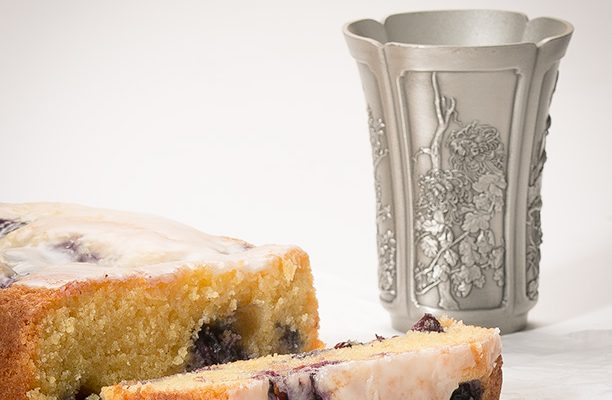Uh-oh! I’m in a dangerous place.
I’m binge cooking cookies. Fortunately, I have neighbors who are willing to humor me and take some of my cookie glut off my hands.
I recently posted a chocolate cookie recipe from Dorie Greenspan’s new book, Dorie’s Cookies. Now I have a new cookie love, David Lebovitz’ Chocolate-Dipped Coconut Macaroons from his book Ready for Dessert: My Best Recipes.
I’m eating one (OK. Maybe I’m eating five.) of the macaroons as I write this post.
And, Oh My! These are just wonderful. Chewy coconut macaroons–crunchy on the outside, soft in the middle. Decadent chocolate on the bottom. Pretty presentation. Chocolate smeared on my keyboard.
The backstory of the macaroon is pretty interesting.
In the beginning… there was the Italian amaretti. Then, there were French macarons. Finally, can-do American cooks stepped up to the plate. The glorious coconut macaroon was born.
Here is the story.
The modern-day macaroon/macaron is descended from an Italian almond paste cookie, the amaretti. Food historians believe that Arab traders introduced almonds into Italy during the Middle Ages. By the 8th Century, a recipe for an amaretti-type cookie can be traced to a Venetian convent. Struggling to balance its books, the convent apparently began offering bitter almond-flavored “amaretti”cookies for sale. They had a culinary hit on their hands .
As travel across the European continent became safer, the recipe for the popular Italian amaretti cookie was carried north where inventive cooks began to experiment, substituting new ingredients and more egg whites in their iterations of the cookie. The Northern European cookie, now renamed a macaron, became quite a bit lighter. The geographical transfer of this meringue cookie was helped, apparently, by a political marriage of convenience. Henry II of France married Catherine d’Medicis of Italy. A 16th Century “foodie,” the zaftig Catherine is believed to have brought her Italian chefs with her to the French court where they prepared macarons for the wedding celebration. Pretty soon, anybody who was anybody in France was serving macarons. These cookies were flat, though. Not flat flavorless but flat flat. Think: single-layered rounded cookies. It was not until the early 20th century that French chefs began to sandwich a filling between two layers of the meringue macarons and, violà, they invented what has become by far the best-selling cookie pastry in French bakeries. (More about macarons and a recipe in a later post. I promise.)
Meanwhile, in other parts of Europe and America, clever cooks switched up the amaretti and macaron recipe ingredients in a different way. The modern macaroon with its crisp outer layer and soft, chewy middle, was born when shredded coconut, newly available to European and American cooks in the late 19th Century, was used to replace the almonds used in the French and Italian recipes. This sensational new cookie, the macaroon, frequently was dipped in chocolate to push its flavor over the top.
The evolution of the coconut macaroon got a particular boost in America in the 1871 when a Spanish brig laden with coconuts shipwrecked off the Florida coast and entrepreneurial Floridians turned disaster into dollars by cultivating coco palms from the remnants of the ship’s cargo that floated ashore. Quickly, better methods for processing and preserving shredded coconut were developed. (It was the Industrial Revolution in America, people! Anything was possible.) Overnight, shredded baking coconut was being distributed widely across the United States, unleashing quite a coconut party. Cooks turned out everything from coconut cream pies to ambrosia to, well, macaroons.
Which is better? Macaroons or macarons?
As I sit here eating my bounty of macaroons, I think it is a tie. Obviously, though, there is some disagreement.
David Lebovitz recently republished this recipe on his blog, DavidLebovitz.com. The link to his book/blog recipe appears at the bottom of this post.
Ingredients
- 4 large egg whites
- 1 1/4 C. (250 g) sugar
- 1/4 t. salt
- 1 T. honey
- 2 1/2 C. (200 g) unsweetened shredded coconut
- 1/4 C. (35 g) flour
- 1/2 t. vanilla extract or vanilla bean paste (I used paste)
- 2 ounces (55 g) chopped bittersweet or semisweet chocolate (I used Guittard Chocolate)
Instructions
- Mix egg whites, sugar, salt and honey together in a large pan. Place pan on your stove over a low heat and stir until the mixture barely begins to warm. (You want this mixture to be tepid. Be careful not to overheat it.)
- Add in coconut, flour and vanilla. Stir. Increase heat to medium and continue to stir until the cookie dough comes together as a thick mashed potato-like mass. Remove from the heat. Put dough into a bowl and let it cool to room temperature.
- Preheat oven to 350 degrees F.
- Line cookie sheet(s) with parchment. Using a cookie scoop or a tablespoon, scoop dough out of bowl and form into balls about 1 1/2 inch in diameter. Space cookies evenly on cookie sheet.
- Bake for 18 to 20 minutes. You want the macaroons to take on a golden brown color. Remove from the oven and set the cookie pan on a rack. Let the cookies cool completely.
- While the cookies are cooling, melt chopped chocolate in a double boiler or in your microwave.
- Cover another cookie sheet with parchment. Dip each cooled cookie in the melted chocolate and then place on parchment you've placed on top of the cookie sheet. Once you have dipped all the cookies, place the cookie sheet in the refrigerator for five to ten minutes to set the chocolate.
Here is the link to David Lebovitz’ original recipe for these macaroons:


 Save Recipe
Save Recipe

5 thoughts on “Binge Cooking Chocolate-Dipped Coconut Macaroons”